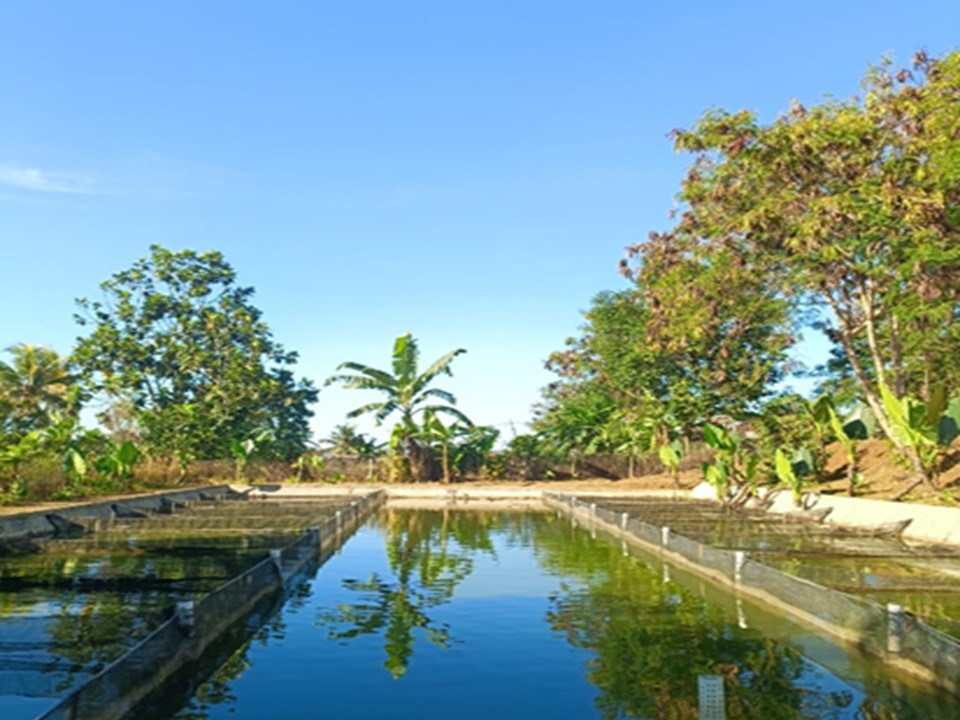Respon Reproduksi Induk Gurami (Osphronemus gouramy Lac.) Terhadap Jenis Pakan Yang Berbeda
DOI:
https://doi.org/10.36706/jari.v13i2.37Keywords:
fecundity, gourami, larva, mung bean sprouts, sente plant, spawningAbstract
This study aimed to evaluate the effects of alternative feed sources, namely mung bean sprouts (KC) and sente plants (TS), combined with pellets, on the reproductive performance of gourami (Osphronemus gouramy) broodstock. Observed parameters included the number of spawning broodstock, fecundity, fertilization rate (FR), hatching rate (HR), and larval survival rate (SR). The spawning was conducted using a natural method with a male-to-female ratio of 1:3. Results showed that the KC treatment yielded superior outcomes compared to TS and control treatments. The highest average FR was observed in the TS treatment (87.35%), followed by KC (86.36%) and the control (75.04%). The highest HR was recorded in the KC treatment at 90%, producing 3,996 larvae per broodstock, while TS resulted in 87.67% (3,364 larvae per broodstock) and the control 80% (1,862 larvae per broodstock). The highest SR was also obtained in the KC treatment at 96.37% (3,849 larvae per broodstock), followed by TS at 95.04% (3,187 larvae per broodstock) and the control at 91.34% (1,538 larvae per broodstock). The KC feed increased broodstock fecundity up to 5,127 eggs per broodstock (1,602 eggs per kg), while the TS feed resulted in 4,355 eggs per broodstock (1,361 eggs per kg). The vitamin E content in mung bean sprouts and the vitamin C and flavonoid contents in sente plants played vital roles in supporting gonad maturation, egg quality, and larval survival. Overall, the combination of KC and pellets is recommended as a functional alternative feed to sustainably enhance the reproductive success of gourami broodstock.
















